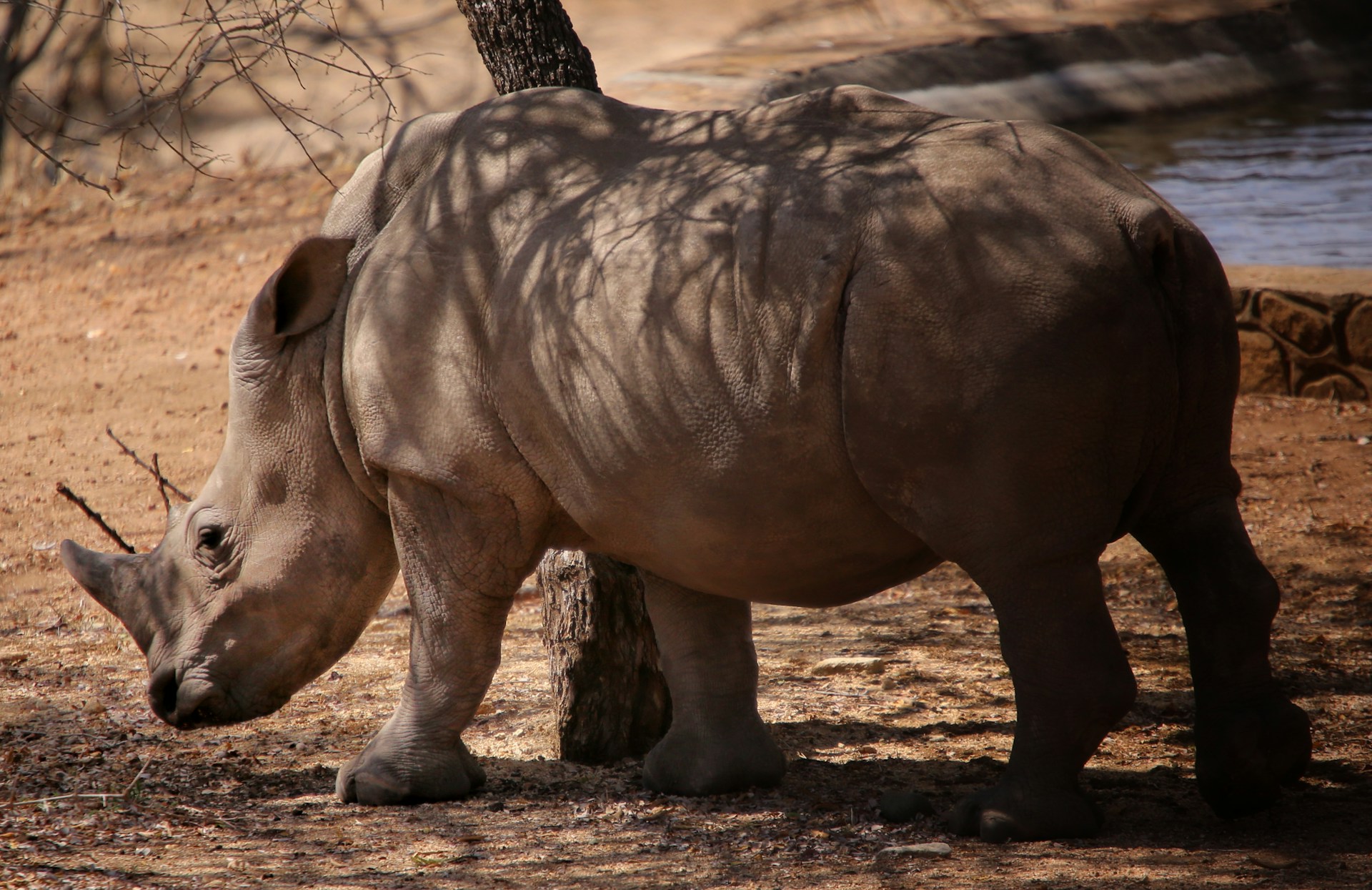Niger, officially the Republic of Niger, is a West African country with a unitary state status. It shares borders with Chad, Libya, Burkina Faso, Benin, Algeria, and Mali. As the second-largest landlocked country in West Africa, over 80% of its land lies within the Sahara Desert. Niamey, the capital, is known for its Islamic culture, unique architecture, and diverse local population. If you’re exploring Niger, be mindful of dangerous animals in certain regions, especially considering the predominant dry conditions. Using sunscreen is essential, given the intense sunlight. The welcoming local populace adds to the charm of your trip.
Niger’s society showcases diversity in wildlife, culture, people, and cuisine. The country’s uniqueness lies in its architecture, varied fauna, and flora. Numerous mountains, including the Air Mountains, contribute to its geographical allure. Niger’s climate varies from arid and semi-arid to tropical along the Niger River basin, providing opportunities to observe diverse animals.
The terrain includes sand dunes, desert plains, rolling savanna, and hills, with exceptional biodiversity inviting exploration. The northern region features deserts and semi-deserts, while the south experiences more temperate climates.
Table of Contents
Why visit Niger?

Niger stands as a pristine and often overlooked destination in the region, making it an enticing prospect for exploration. Among the least visited countries, it offers a wealth of opportunities to discover, including the best national nature reserves and protected areas in the northern regions.
Further read: Dangerous animals in Mali
The national park situated along the borders of Benin and Burkina Faso in the west is particularly noteworthy. This park is a haven for unique creatures, housing species such as West African lions, cheetahs, and other endangered wildlife. As you plan your visit, it’s essential to be aware of the potential encounters with dangerous creatures in the region.
Hippopotamus

Encounters with hippos are a possibility during your trip to Niger, as the country provides an ideal environment for these creatures to thrive. Found along rivers, the Niger River is home to thousands of hippos. It’s crucial to exercise caution, especially in the evening or morning when these herbivores come out to feed. Weighing up to 4000 pounds and capable of running at speeds of 30 miles per hour, hippos pose a danger. With sharp teeth used for defense, interfering with their habitat can lead to life-threatening situations. Hippos are responsible for approximately 400 fatalities in Africa annually, emphasizing the need for caution during your visit.
Caracal

Known as the African lynx or desert lynx, caracals are slender cats with distinctive tufted ears, primarily found in northern Niger. Sporting colors ranging from gray to reddish-brown, they thrive in the wild and prey on small creatures like rodents. While not known to attack humans, they are territorial and possess sharp teeth and claws. Maintaining a safe distance and avoiding interference with their habitat is essential due to the potential danger they pose.
West Black Rhinoceros
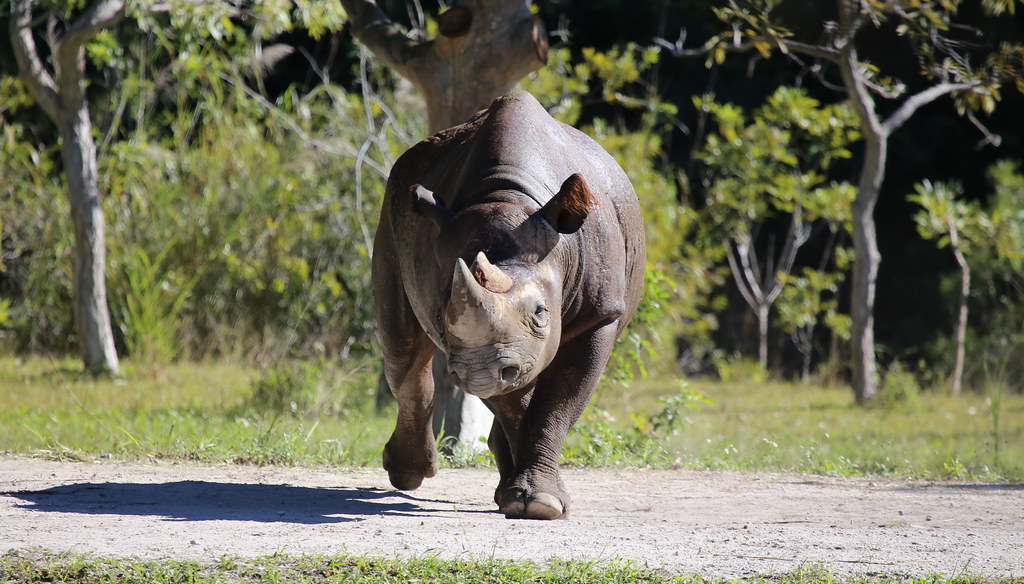
Encounters with the West Black Rhinoceros, an endangered species, are among the potential risks during your Niger trip. Found in the wild, these creatures are protected by local governments, contributing to their increasing numbers. Although human attacks are rare, these ferocious animals can be dangerous when threatened. Despite their herbivorous nature, interference with their habitat may provoke an attack. Weighing up to 3000 pounds, it’s imperative to keep a safe distance and refrain from disturbing these creatures.
Puff Adders
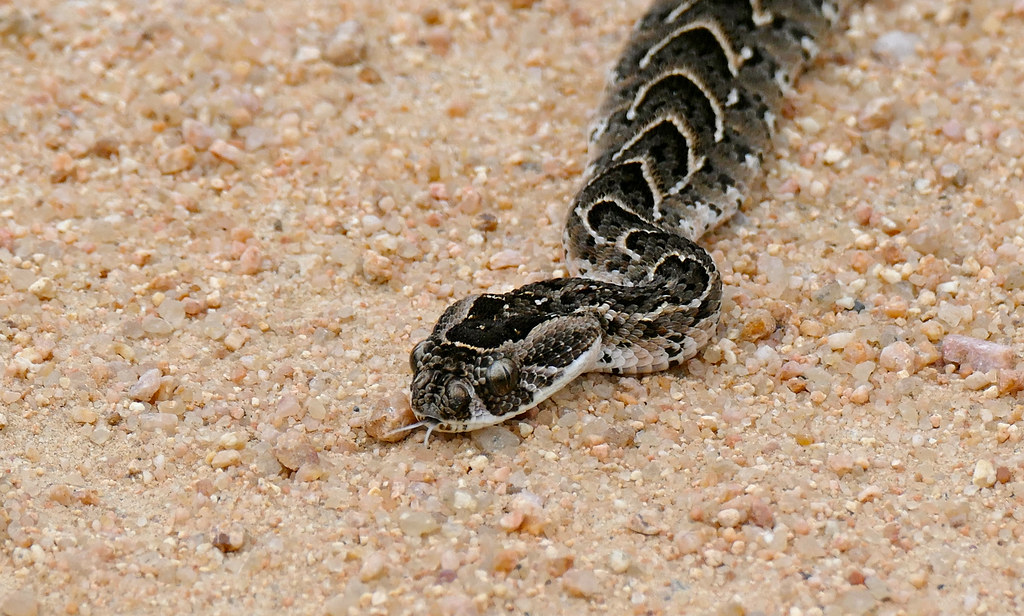
Puff adders, the most dangerous snakes in Niger, inhabit grassland and forest regions. Armed with potent venom, their bites can cause severe damage to organs and tissues, leading to death. These snakes are known for their unpredictability and the cytotoxic nature of their venom, causing cellular damage and tissue blistering.
Further read: Dangerous animals in Africa
While antivenom exists, immediate administration is crucial to mitigate side effects. Exercise caution in grassland and forest areas where these snakes are commonly found to minimize the risk of encountering them.
Mosquitos
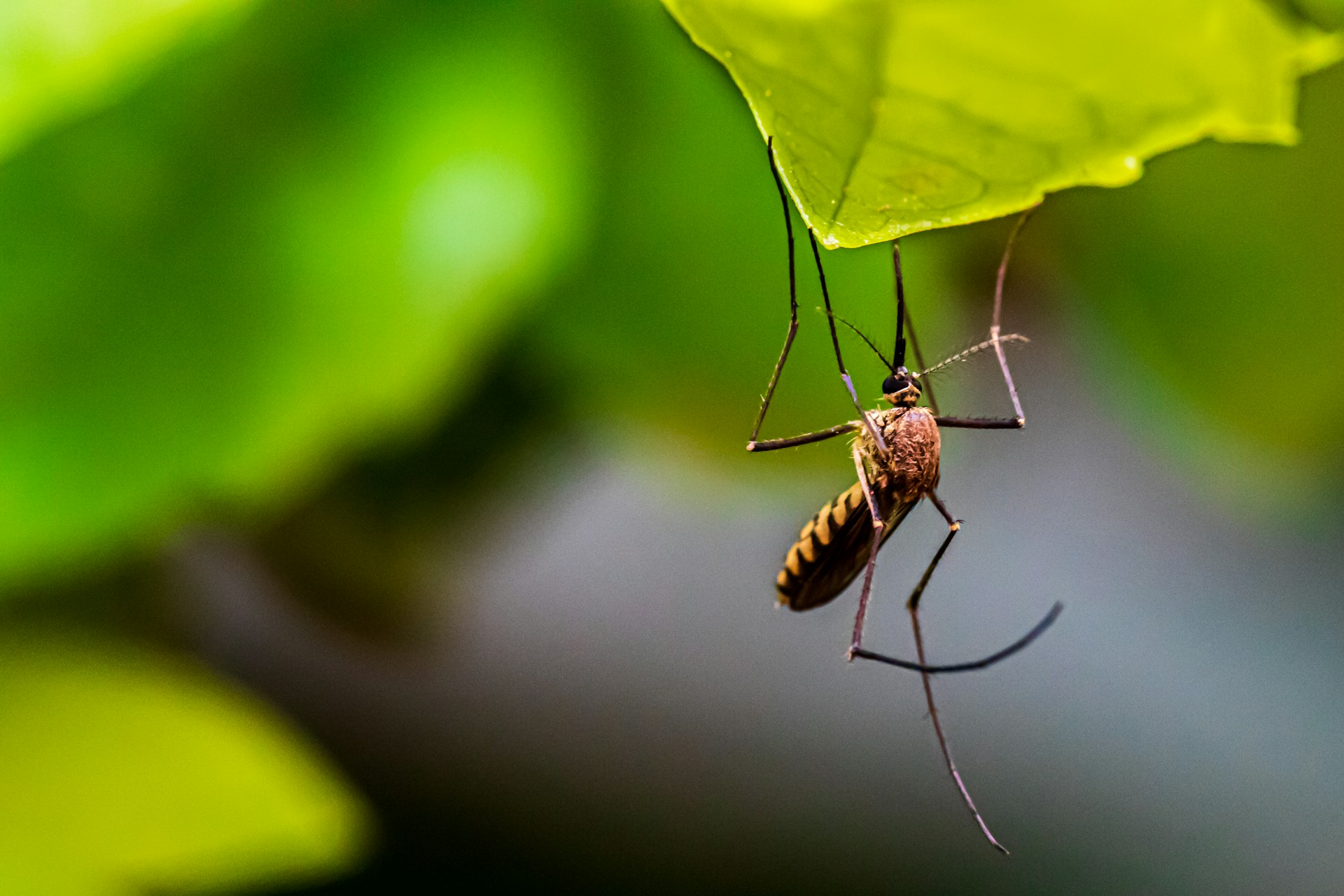
Though seemingly small, mosquitoes in Niger pose a significant threat, causing approximately a million deaths annually in Africa by spreading diseases such as malaria. Found in areas with forests and standing waters, mosquitoes are prevalent even in residential zones. Sleeping under a mosquito net is advisable, and obtaining a yellow fever vaccine before traveling helps prevent infections. Some mosquito species can transmit dangerous infections like Zika virus, dengue, and chikungunya, emphasizing the importance of carrying insect repellent during your journey.
West African Crocodile
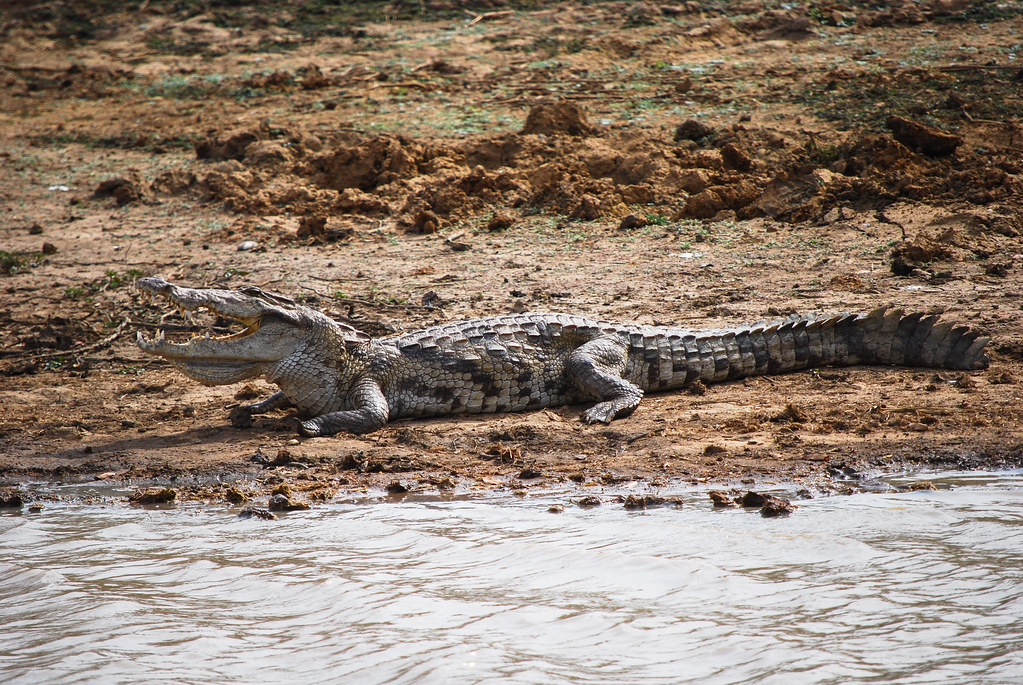
Encountering crocodiles, particularly the West African crocodile, is a potential risk in Niger, especially in rivers like the Niger River. These creatures, responsible for about 1000 deaths annually across Africa, hide in the waters with only their eyes and nostrils visible. While less aggressive than Nile crocodiles, staying away from waters inhabited by West African crocodiles is crucial. Their ferocious attacks, facilitated by sharp teeth, make it essential to maintain a safe distance, especially when they are less visible.
Leopards
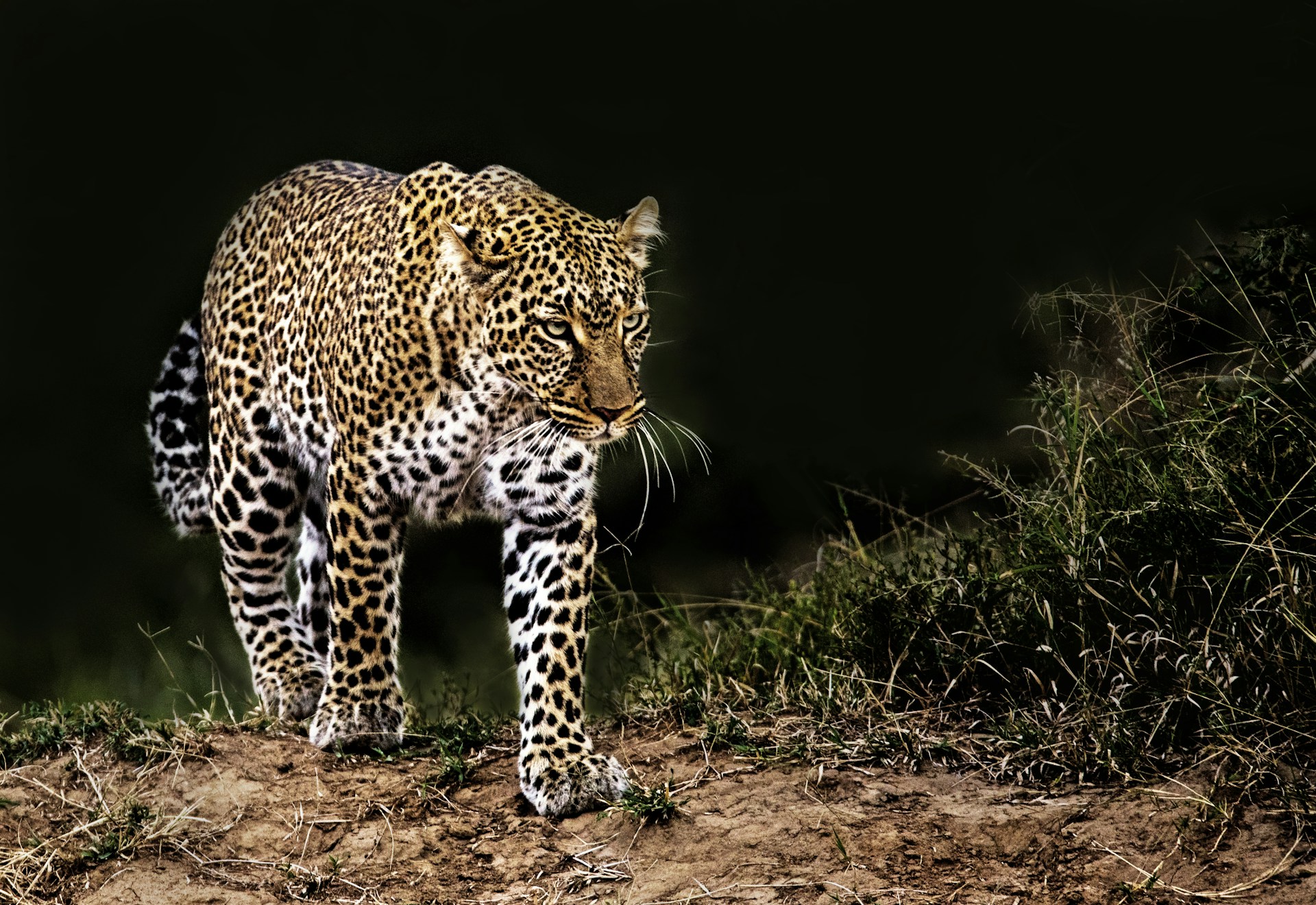
The leopard population in Niger is on the rise due to government intervention, necessitating caution during your travels. With sharp claws and teeth, leopards are found in various environments, including forests and grasslands. Their secretive nature and potential for unnoticed attacks make it crucial to keep a safe distance. Thriving in the wild, leopards use their sharp claws and teeth to bite through prey. While aggressive, especially during mating and caring for cubs, leopards come in different colors, maintaining their characteristic spots. Keeping a safe distance is vital when encountering leopards in their habitat.
West African Lions
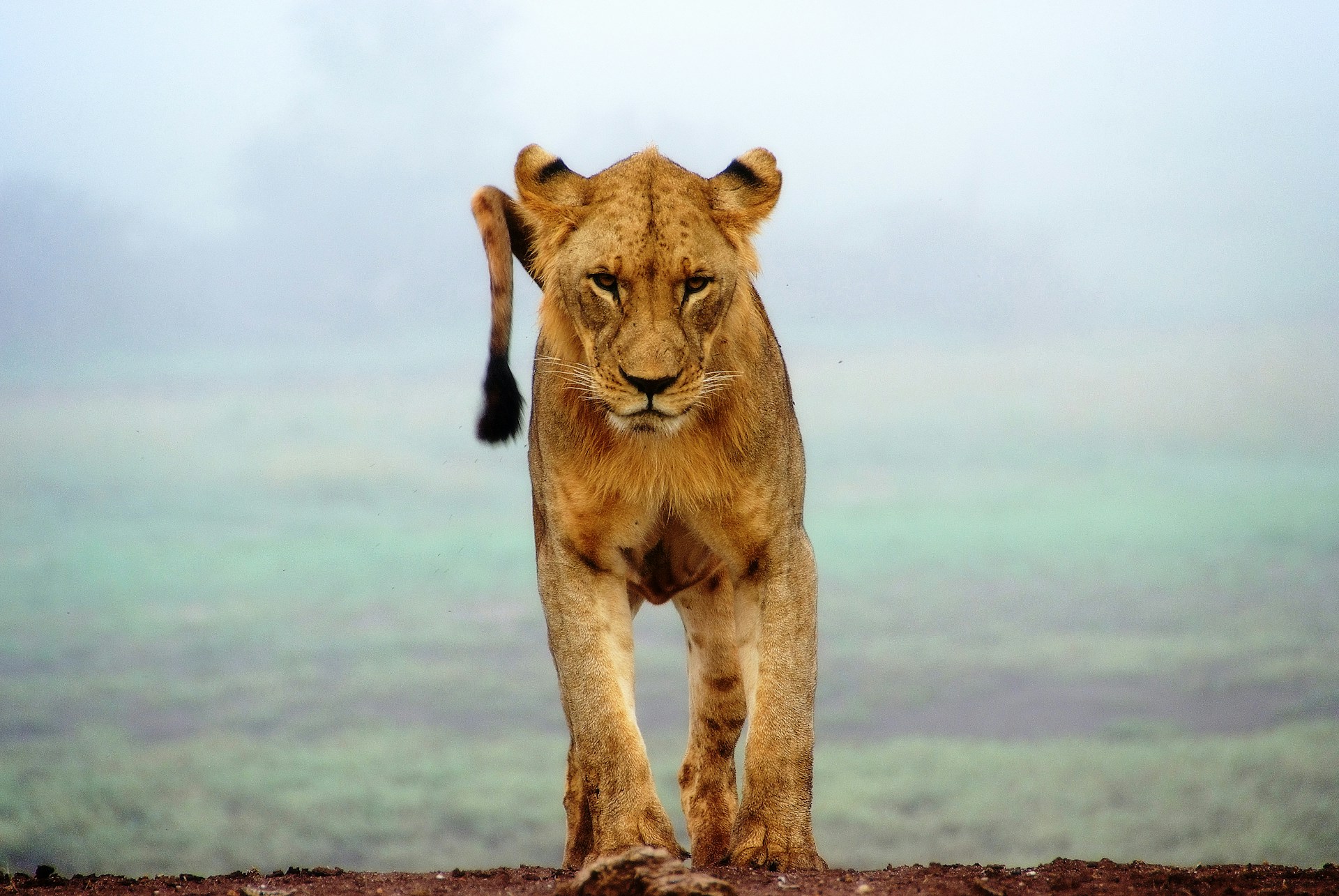
West African lions, possibly the most dangerous animals in Niger, can weigh up to 1000 pounds and possess sharp claws for hunting. Adapted to West Africa’s climate, they are territorial and may attack if they perceive a threat. Although lions generally do not see humans as prey, caution is crucial to avoid confrontations, as they often hunt in packs. Staying away from these territorial creatures is essential for your safety during your visit.
Wild Dogs
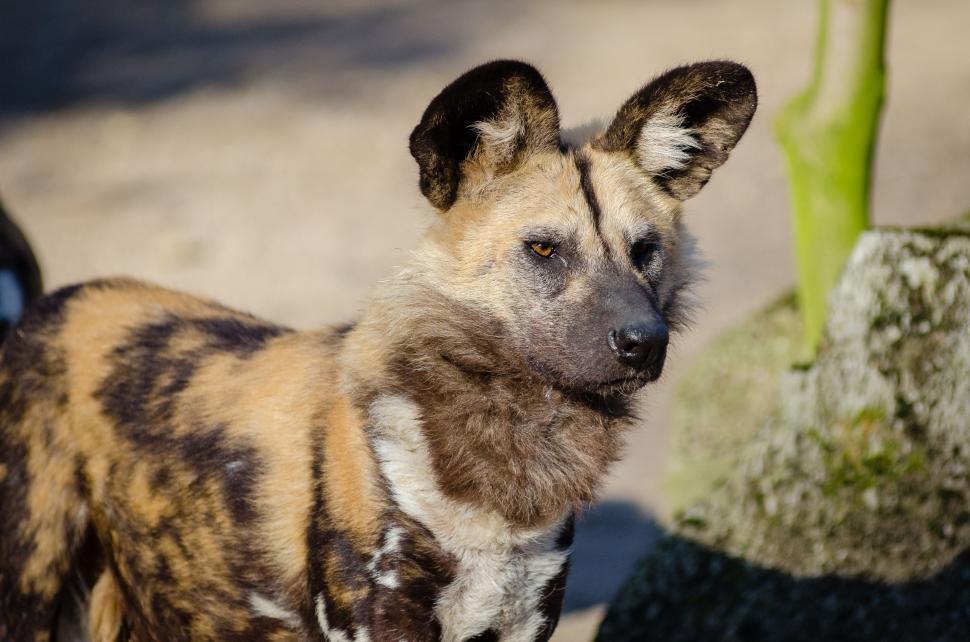
African wild dogs, one of the largest indigenous canids, thrive in both natural and urban environments, and are known to be some of the most dangerous animals in Niger. Known for hunting and scavenging, these dogs can carry bacteria causing rabies. Despite appearances, these dogs can become aggressive when feeling threatened. Avoiding interaction with them is vital, as they may bite unexpectedly even if they seem friendly.
Buffalo
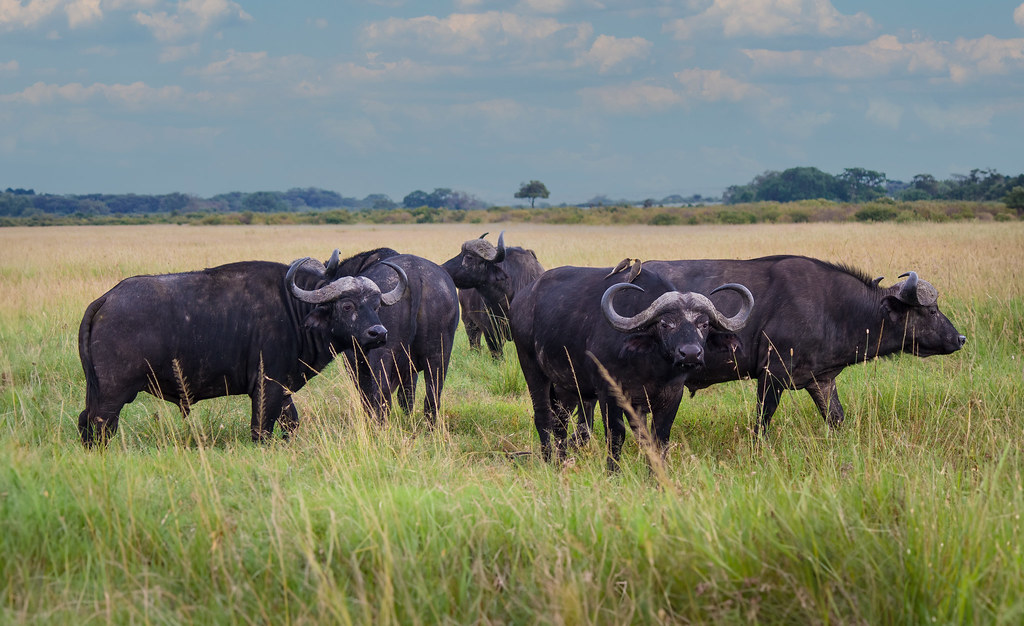
Niger is home to dangerous animals, including dangerous buffaloes found near rivers and grasslands. Territorial and ferocious, buffaloes should be observed from a safe distance to avoid interfering with their habitat. Capable of running at high speeds and equipped with sharp horns, buffaloes can pose a threat, particularly when in herds. Caution is necessary when exploring areas where these creatures thrive.

